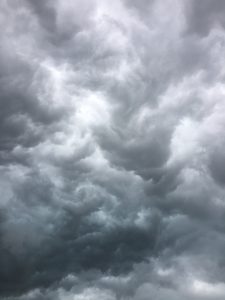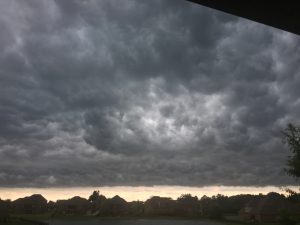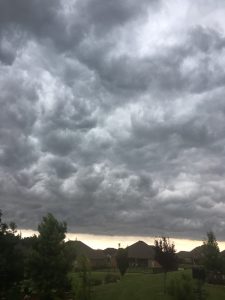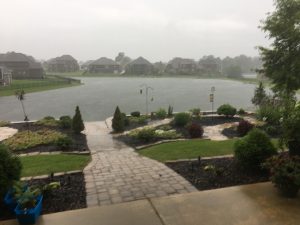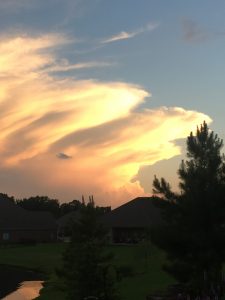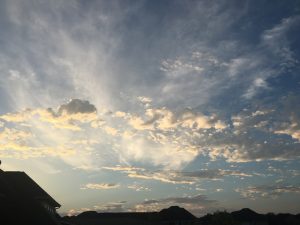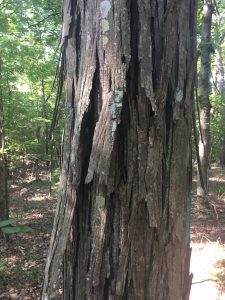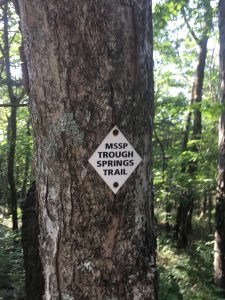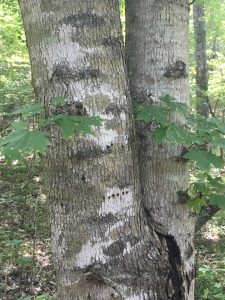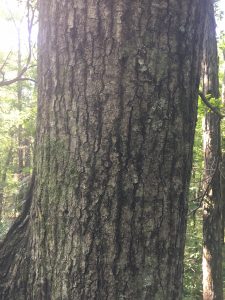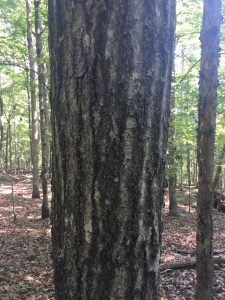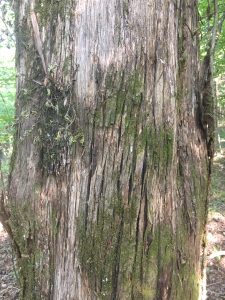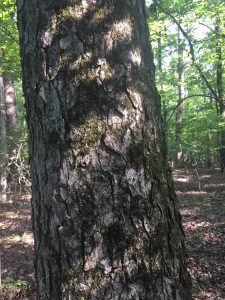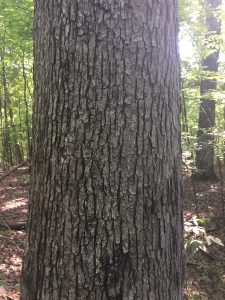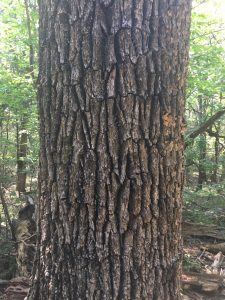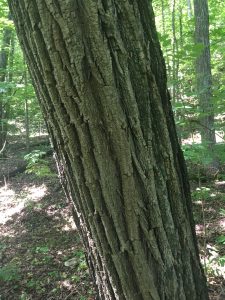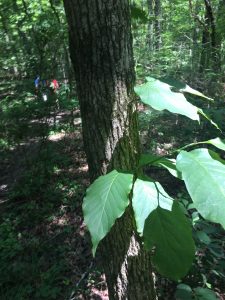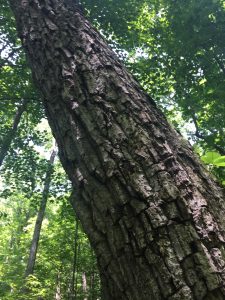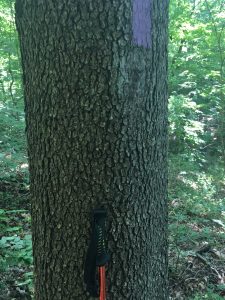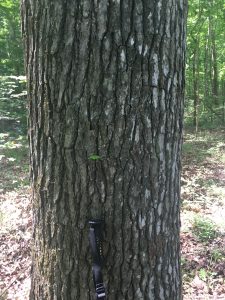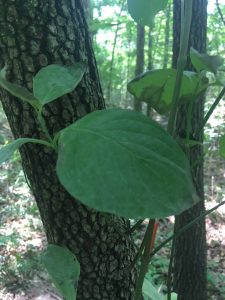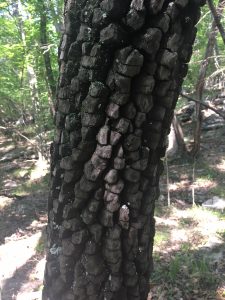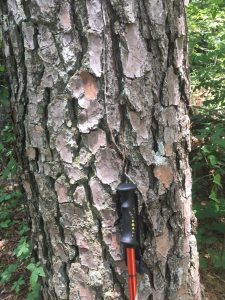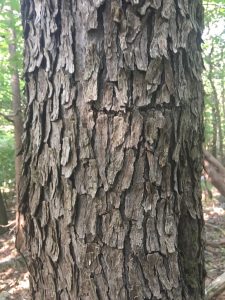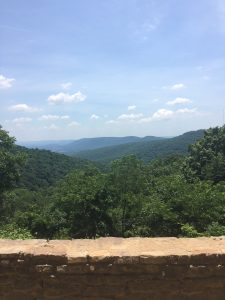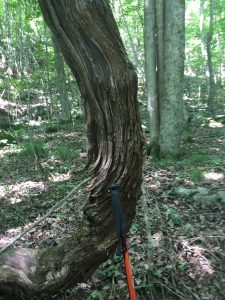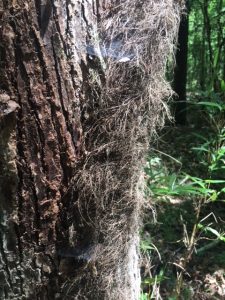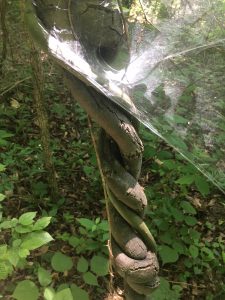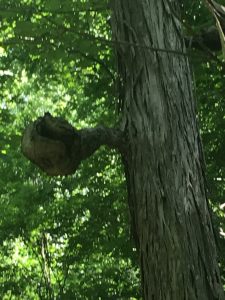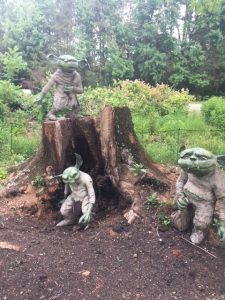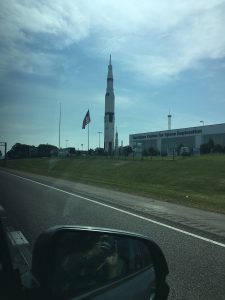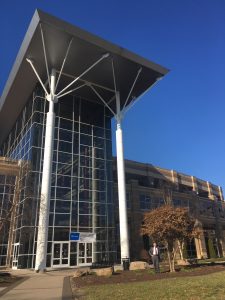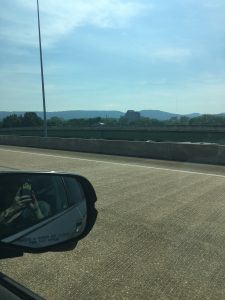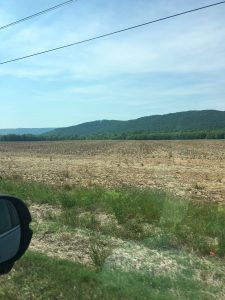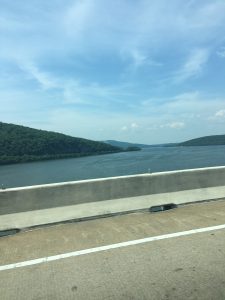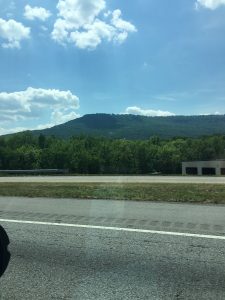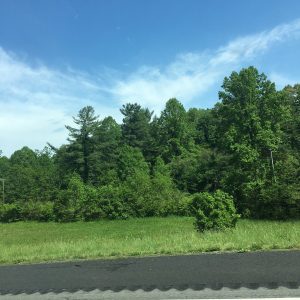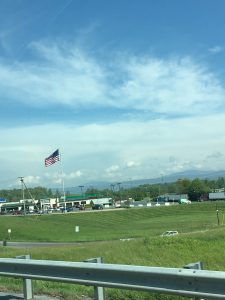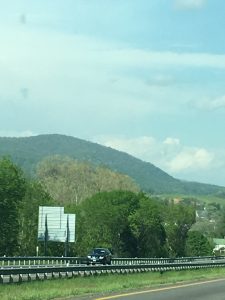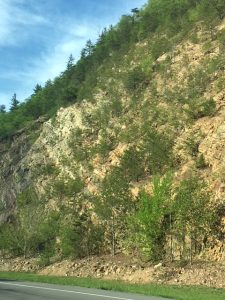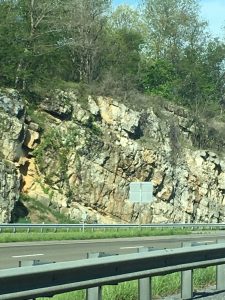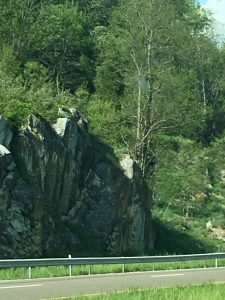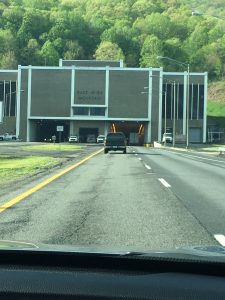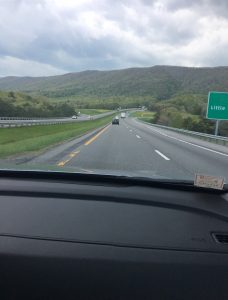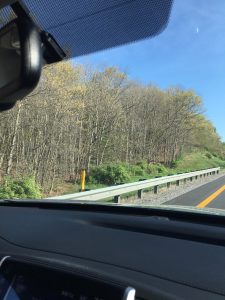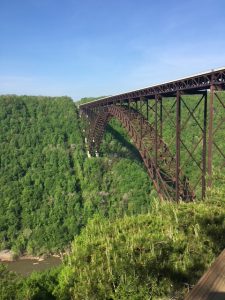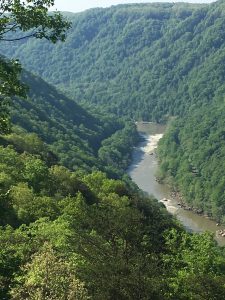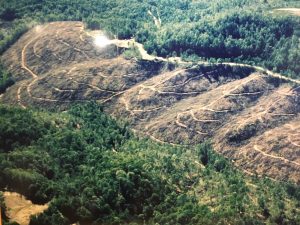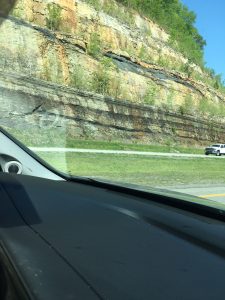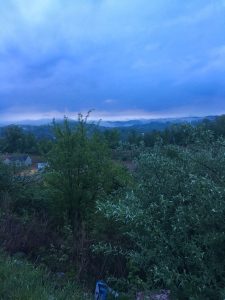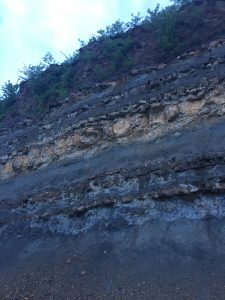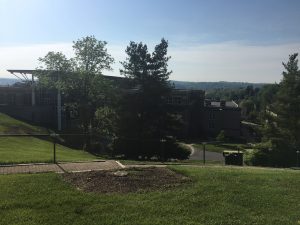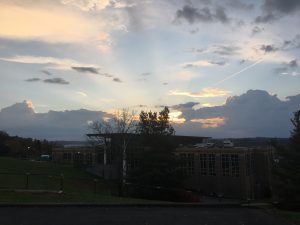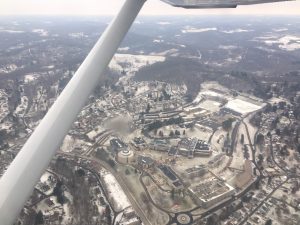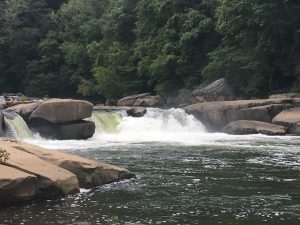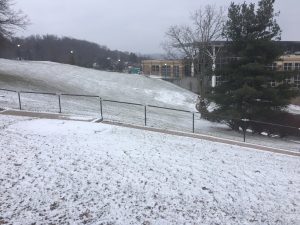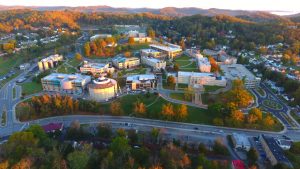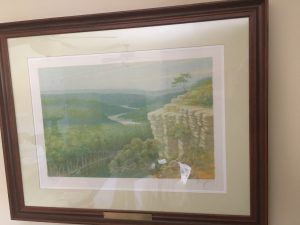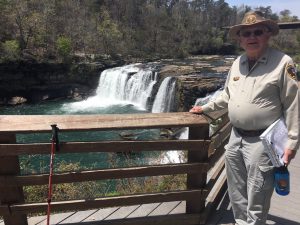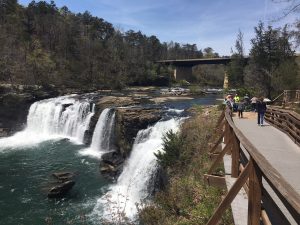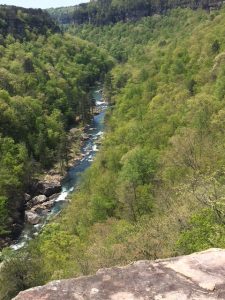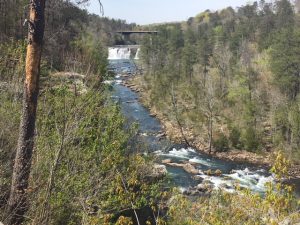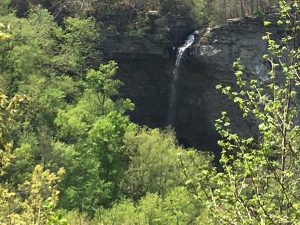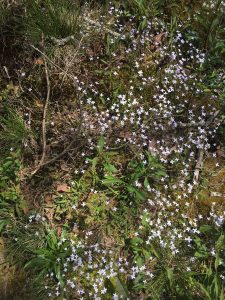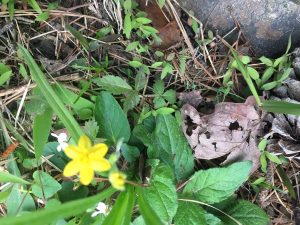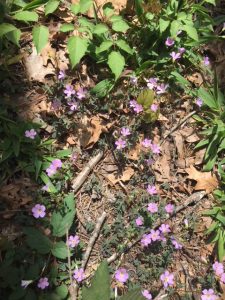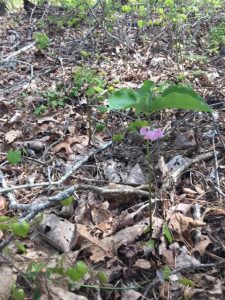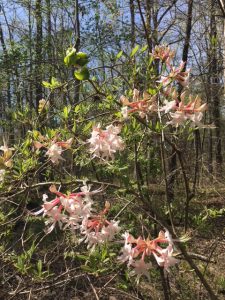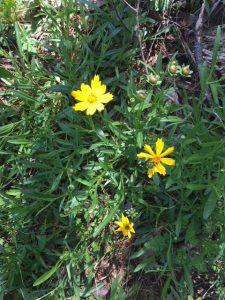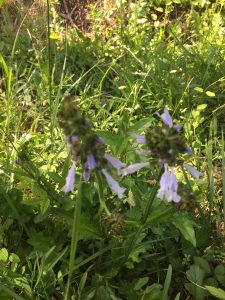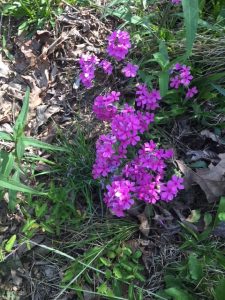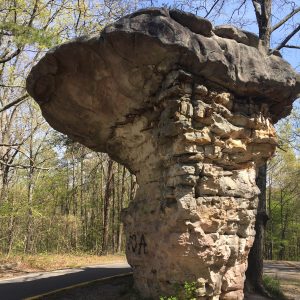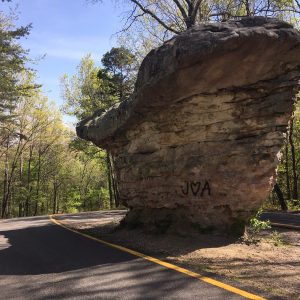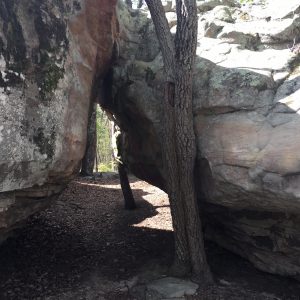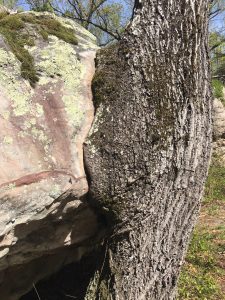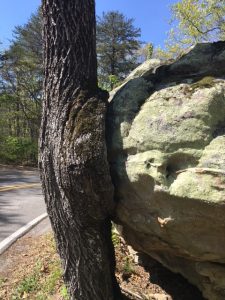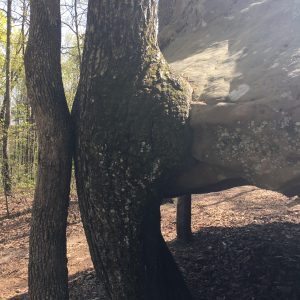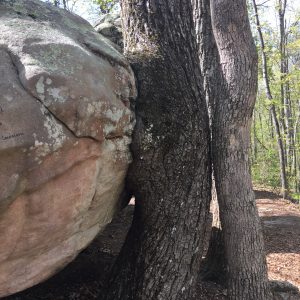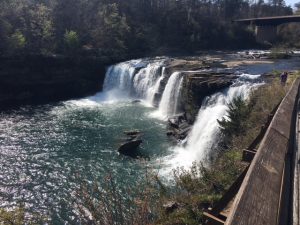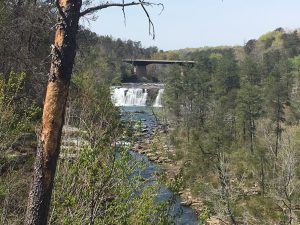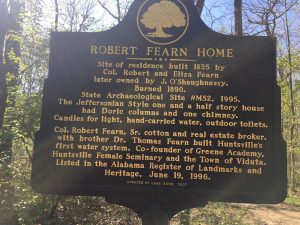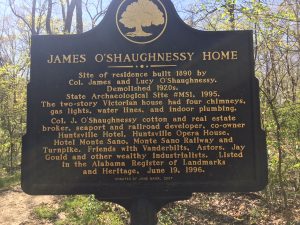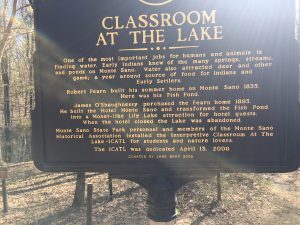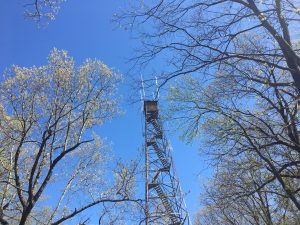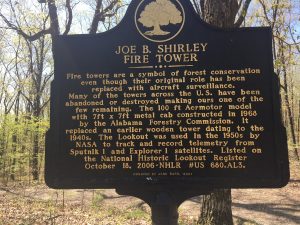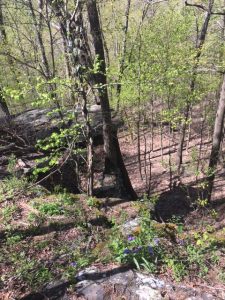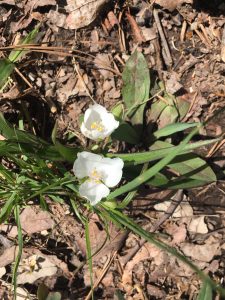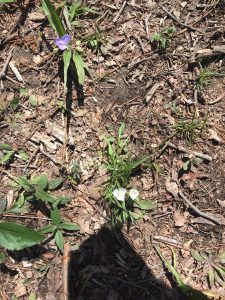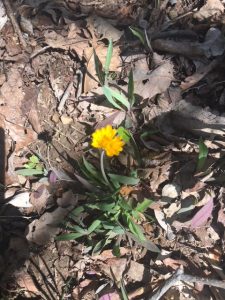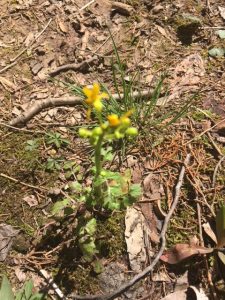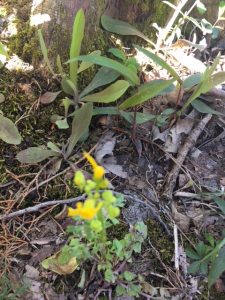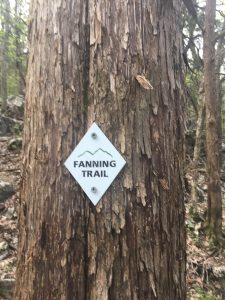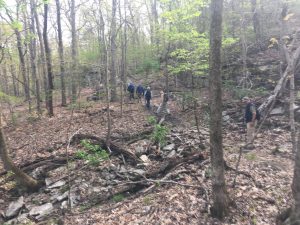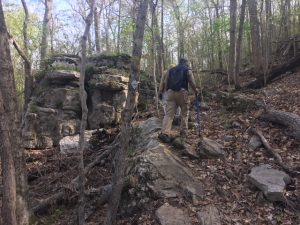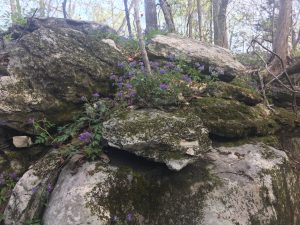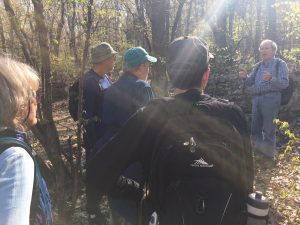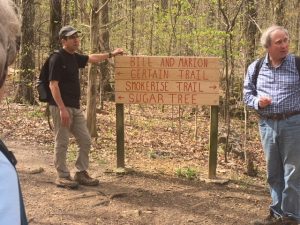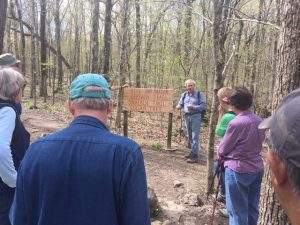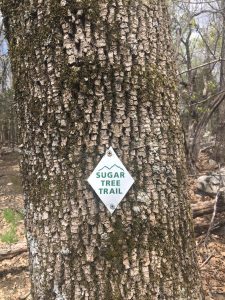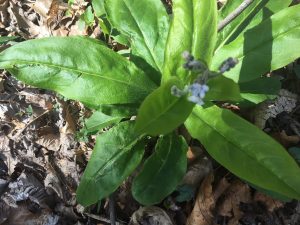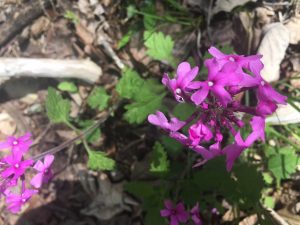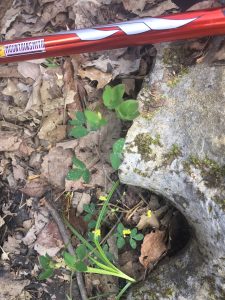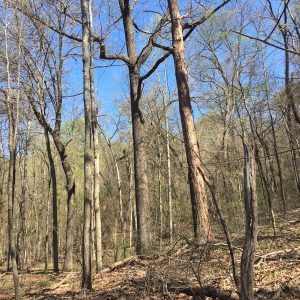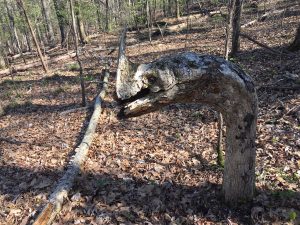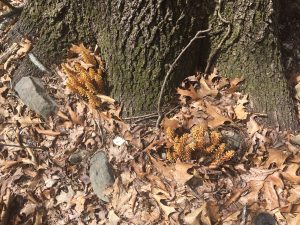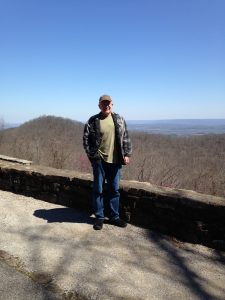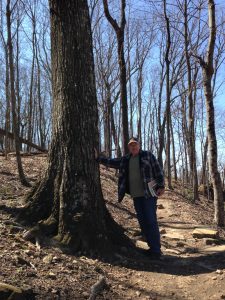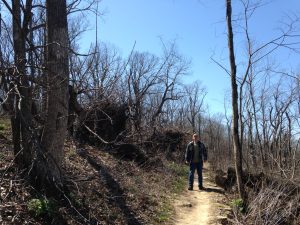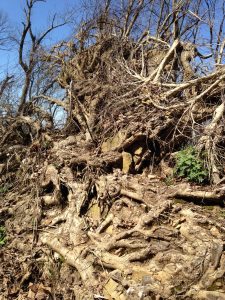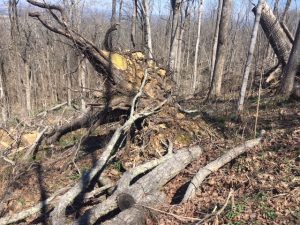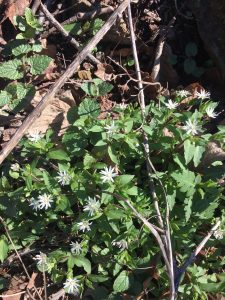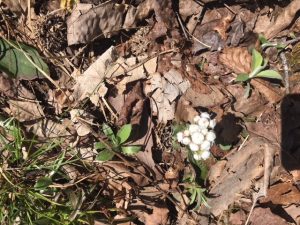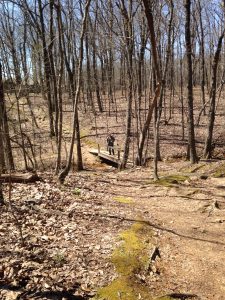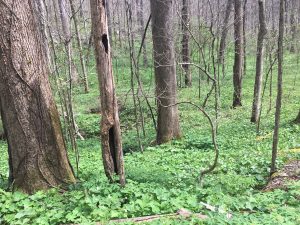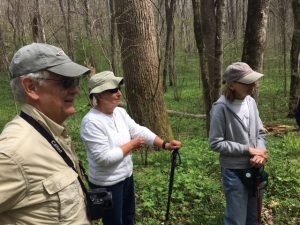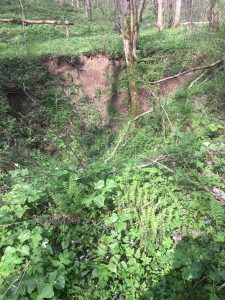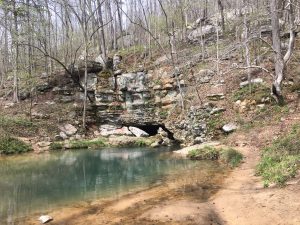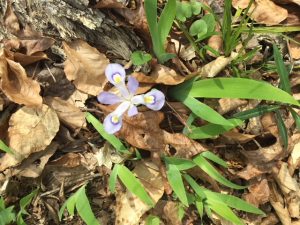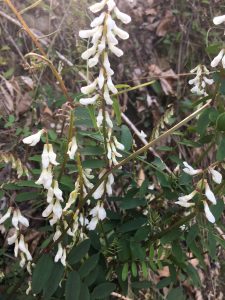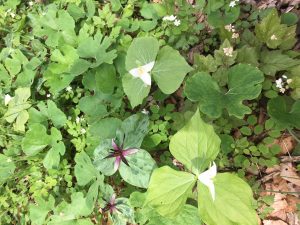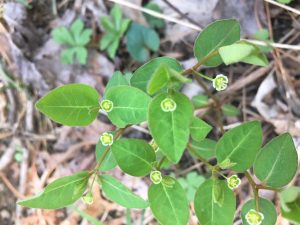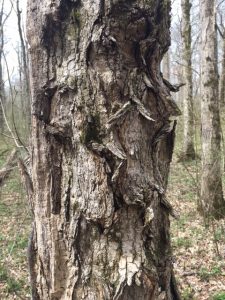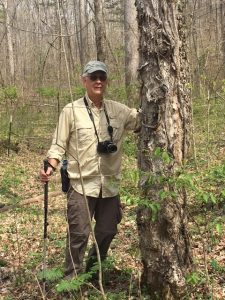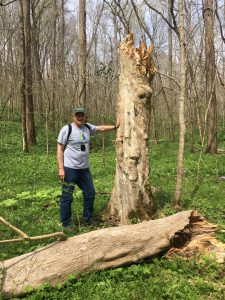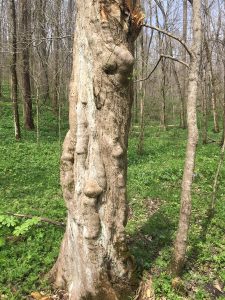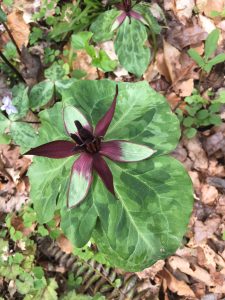Joe Wheeler State Park
I’ve issued previous Great Blue Heron Blog Posts sited within Alabama’s Monte Sano State Park, which sits on the Cumberland Plateau just to the east of Huntsville. A few weeks ago we visited Lake Guntersville State Park accompanied by our daughter and her family. We didn’t venture deeply enough into the wild to generate a posting essay. Another time!
June 19, I made my first trip to Joe Wheeler State Park (JWSP) downriver (Tennessee River) 35 miles to the west. Monte Sano, Guntersville, and Wheeler are three of Alabama’s 22 State Parks. What incredible gifts to the 4-5 million cumulative daily visitors over the course of a year!
Observations from a Three-Mile Hike
Park Superintendent Chad Davis, North Region Operations and Maintenance Supervisor Tim Haney, and Alabama State Parks Foundation President Dan Hendricks hosted my visit. I appreciate their Park tour and a thorough orientation to the state’s Park System. Alabama is blessed to have this treasure. I commit to learning more about our Parks; I’ve added visiting all 22 Parks to my bucket list. In aggregate, 48,154 acres of State Parks! That’s 75 square miles. And you can visit them from the Gulf to the Tennessee River. Watch for more Blog Posts as I begin my quest! I’m planning to see DeSoto State Park mid-July.

After enjoying lunch at the JWSP Lodge with my hosts, I explored the three-mile trail loop that begins near the Lodge. A hot day with a nice breeze. Lots of deep forest and pleasant surroundings as the trail weaved mostly along the bluff overlooking the Lake. I’ll make observations and offer reflections around the themes of forests and trees; special features; and natural oddities.
Forests and Trees
The forester in me hungers to know more about the Park’s land use history. Prior clearing? Past agriculture? Ownership patterns and acquisitions? The age of these particular stands? I saw a mature mixed species forest perhaps at least a century old. I characterize it as “old growth.” Very large diameter main canopy occupants and considerable dead and down woody debris. Because I am fascinated by the character of individual trees, I will walk through a series of photos depicting the species diversity and accenting the beauty, magic, wonder, and awe of a tree identification element that seldom gets a lot of attention — tree bark. I’m focusing on species I did not include in my June 20, 2018 Bark Portfolio Blog Post: https://stevejonesgbh.com/2018/06/20/bark-portfolio-beauty-mystery/.
I’ll begin with honey locust, Gleditsia triacanthos. Note the stout, branched thorns along the main stem and the feathery compound leaves. I’ve always found the thorns a curiosity, likely a defense measure to discourage bark-nibbling foragers and dissuade leaf-eating aerial herbivores from climbing into the canopy.
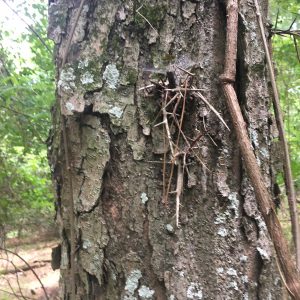
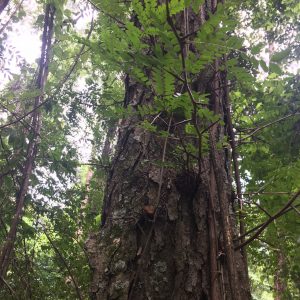
Very common along the Tennessee River, American hackberry (Celtis occidentalis) has an expressive gray bark — dark woody/corky knobs and ridges. Much more friendly to tree-climbing mammals than honey locust! Look for a couple unusual specimens in the Natural Oddities section.
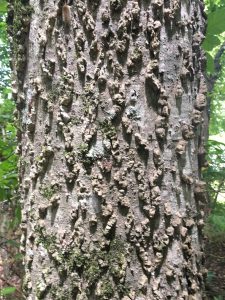
I never tire of finding sassafras (Sassafras albidum), a wonderfully sap-scented tree just as common near my original western Maryland home as here in northern Alabama. The Joe Wheeler trail presented some of the largest sassafras I’ve encountered, ranging from large main canopy occupants to intermediate and lower levels. The seedlings and saplings are quite tolerant of full shade, surviving for decades awaiting potential release. The bark is distinctive for its interlocking deep vertical furrows. Although the leaves and twigs are nicely scented, pull a seedling and scrape the root collar stem with a knife or fingernail to enjoy the most aromatic fragrance. Smells just like a rich root-beer to me!
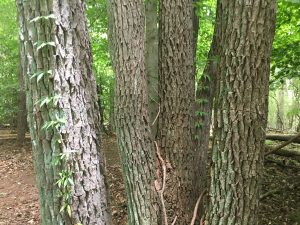
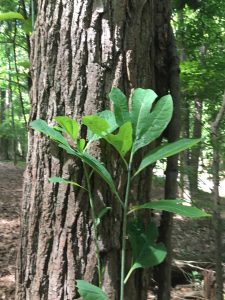
I found this paired hackberry and sassafras along the trail. Could two trees be more dissimilar in bark? Nature sure knows how to mix it up. Both are deciduous, broad-leafed trees; eight feet from core to core; sharing substrate and competing for main canopy light; benefiting jointly from common mycorhizal fungi; next door neighbors for life. Yet bark, leaves, wood, flowers, seed, and crown structure differ remarkably. To what competitive advantage do we attribute the differences; by what evolutionary track?
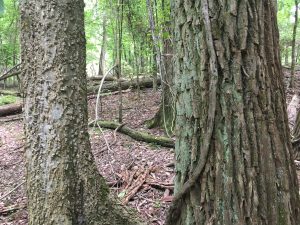
Hornbeam (Ostrya Virginian) thrives in the lower canopy, occasionally reaching intermediate levels. I entered my forestry career knowing this tree (with its very strong and exceptionally hard wood) as ironwood. The close-up photo below shows the thinly stripped bark on a five-inch diameter stem.Were I not the photographer, I might view this image as a much larger shagbark hickory. So, size does matter!
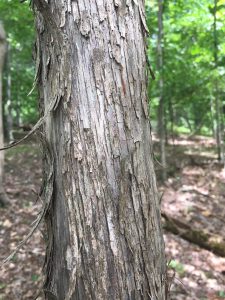
This next image is a three-foot-diameter white oak (Quercus alba). It takes its common name from its whitish, slightly furrowed, scaly bark. The massive tree in the Special Features section below is another white oak. What distinguishes white and red oak? Most red oaks have smoother bark; white usually and flaky. White oak leaves are generally round-lobed; red oak sharped-lobed. Wood is the foolproof diagnostic. Examine the wood end-cut. Red oak pores (xylem tubes) are open; white oak pores are clogged with tyloses. Hence, barrels and casks from white oak; a red oak wooden vessel leaks.
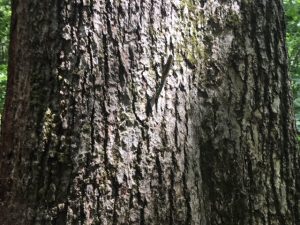
American beech (Fagus grandifolia) bark appears irresistible to pocket knives — woodland graffiti. The natural-setting version of a subway wall. Beech bark is grey and smooth whether in southern Ontario or here in the Tennessee Valley.
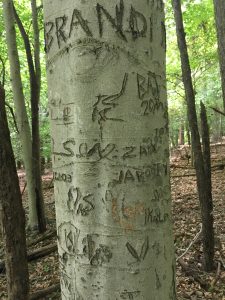
Chinese parasol tree (Firmiana simplex), an escaped ornamental characterized as an aggressive, invasive weed in the southern US, is a species I did not recognize. I found many individuals along the trail… occupying lower and mid-level canopy positions, and appearing quite vibrant. This is a new one for me.
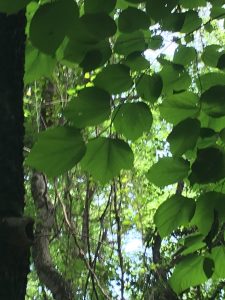
My Peterson’s Field Guide to Trees and Shrubs of Central and Eastern North America lists 30 oak species. I need to improve my field identification skills. I believe the one on the left below is northern red oak (Quercus rubra). On the right (once again conditioned with “I believe”) is black oak (Quercus velutina).
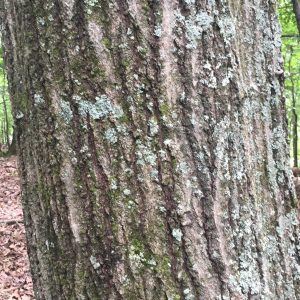
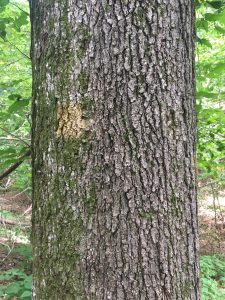
I snapped this yellow poplar (Liriodendron tulipifera — I love its lyrical name) because it’s young enough to just be expressing its mature bark and already adorned with sapsucker bird-peck. I like its look!
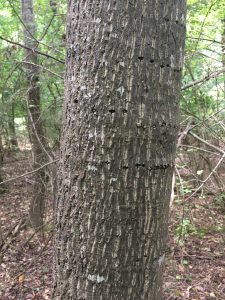
Mockernut hickory (Carya tomentosa), like many of the species at JWSP, occupies our eastern forests from Alabama to New Hampshire. Shallow, grey, interlocking vertical furrows characterize mockernut hickory’s bark. Often coexisting, mockernut and shagbark hickories are easy to distinguish by bark alone.
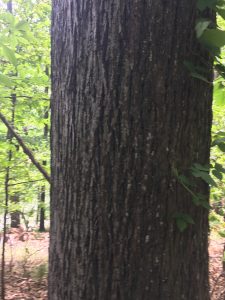
Loblolly pine (Pinus taeda) appeared across my three-mile trek, occupying the main canopy. I included this photo for two reasons. First, loblolly is our state’s most widespread evergreen. Second, the poison ivy vine clinging to the pine’s bark provides a nice visual segue to this next section on Special Features!
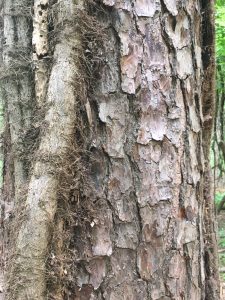
Special Features
The trail passes by two Alabama Champion Trees, a bonus benefit for me. I admit to having no prior knowledge of September elm (Ulmus serotina).
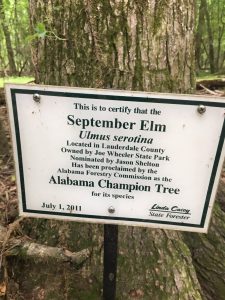
And the State Champion chinquapin oak (Quercus muehlenbergii), within the white oak group.
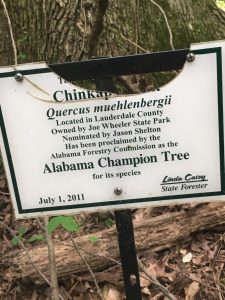
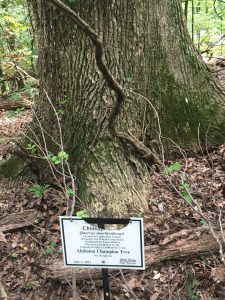
This is the classic old growth white oak specimen along the trail. How can we not be inspired by the giants in our mixed hardwood forests. Yes, I’ve seen Yosemite’s Sequoia, coastal Redwoods, and Pacific rain-forest Douglas fir. Certainly special to visit, yet I remain transfixed by our eastern forests in their mixed-stand splendor, made all the more special by their proximity (no west coast flights required!) and the reality that most are second-growth forests.
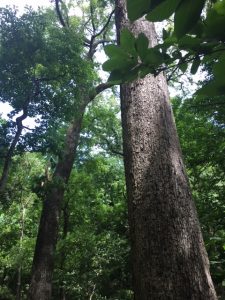
Not all of the stands through which the trail winds exhibit old growth character. Nor does it have the frequently steep stony surface that dominates Monte Sano State Park. The JWSP trails are gentler, stirring thoughts of poetry, harmony, and serenity. In itself a special feature.
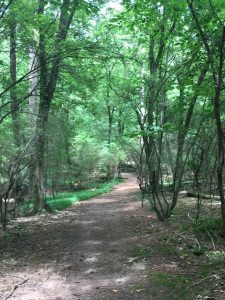
The far end of the trail enters a disc golf course, a rather sneaky way (I applaud it!) to tempt otherwise mown-grass adventurers into the wild. The lower left photo once again captures the trail’s serene ambience. Please know that I encountered not a single flying saucer!
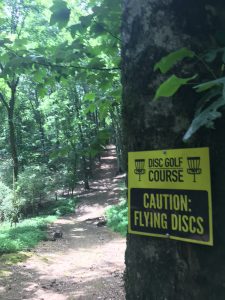
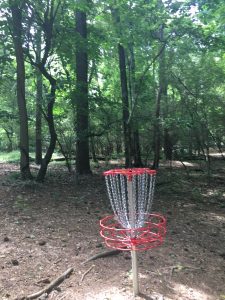
And what could be more special than the occasional bluff-side view of Lake Wheeler, close enough to hear the waves slapping the shore below?
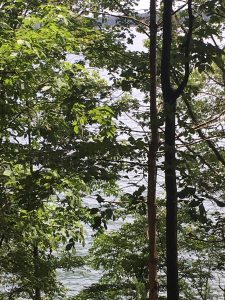
I saw at least a dozen deer, this one grazing along the trail mostly tolerant of my passing. She hurried off, somewhat ambivalently, as I resumed walking. Yet another special feature. Special… but not rising to the level of an oddity.
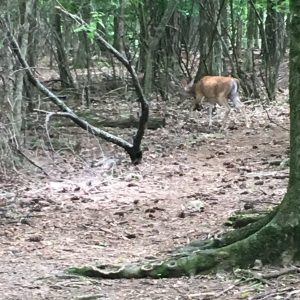
Natural Oddities
I once had direct responsibility for furnishing raw hardwood sawlogs to the Union Camp Corporation sawmill in Waverly, Virginia. In those days what drew my attention involved desired species of large diameter… bole straight and logs defect-free. I still appreciate commercial value and a veneer quality butt log. However, it’s often the defects now that pique my aesthetic interest. This hefty white oak has a prominent seam, likely scar tissue from a long-ago lightning strike to the crown that spiraled down the bole stripping bark en route to its forest floor grounding. The air surrounding a bolt can reach 55,000 degrees Fahrenheit, hotter than the sun’s surface. Strong enough to strip bark yet often not fatal to the tree. On another occasion, I recall seeing a two-foot diameter white ash in northwestern Pennsylvania shattered into multiple linear fragments, some thrown a hundred feet or more and standing vertically like chucked spears. This old soldier carries the lightning wound like a campaign ribbon.
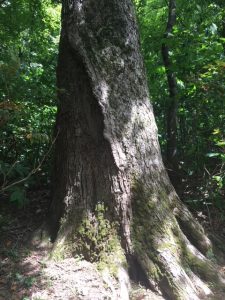
Carrying the military metaphor a bit further, this 30-inch mockernut hickory bears a horizontal periscope at about 30-feet above the ground. Did I actually see the eye pivot my way as I stood taking photos? What magic has the old hickory witnessed over the decades? The periscope is obviously a branch stub that the tree chose (well maybe not consciously) to callous-over with active cambium and bark, like a blunt-end leg amputated above the knee. An oddity and curiosity — like visiting one of the once-common Ripley’s Believe It Or Not attractions along 1970’s highways. Nature offers a wide selection of the unusual.
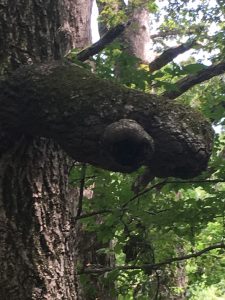
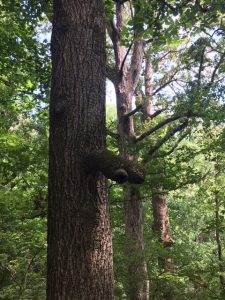
Who among us students of Nature’s bark collection would not be captivated by the variety of southern barks? How about the diversity even within a single species? A single species along a three-mail hike!? I offered you a typical hackberry bark photo earlier. A sapsucker artist helped modify the tree below left. Not so much corky ridges — more like corky pits. And the moss-modified deep corky ridges below right lead me to wonder how I ever came to know bark. Just when I think it simple, Nature reminds me of Leonardo da Vinci’s observation: “There is no result in nature without a cause; understand the cause and you will have no need of the experiment.” As my life extends, I hunger more than ever to discern the cause. Nature knows — I seek to discover.
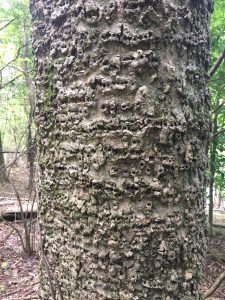
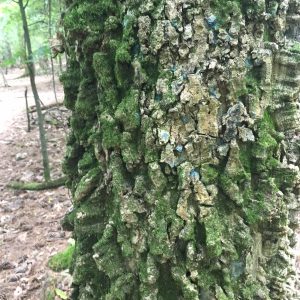
Reflections
I doubt whether had I taken this same hike 30 years ago I would have noticed half of what caught my attention earlier in June. I’ve learned that wonder and amazement in Nature are always within reach. Find it in the trees and the forest; don’t allow one to blind you from the other. Some people (far too many) see neither the forest nor the trees. I see and celebrate both. You can, too.
I am only now learning to ask the right questions. I will never know all the answers… yet I do know that all the answers lie within Nature. Leonardo da Vince also said, “Nature is full of infinite causes that have never occurred in experience.” Infinite is a daunting quest. I shall be content to follow these pursuits through to my final hike. I find solace in Believing in Nature’s majesty; Looking beyond the superficial; Seeing what others might not even imagine; Feeling the pure power and emotion of discovery; and Acting in some small way to help others appreciate the beauty, magic, wonder, and awe of Nature.
A society can be judged by its willingness (eagerness) and determination to sustain its wild side. To treasure our natural libraries and museums of Nature-based questions and answers. Alabama’s State Parks, State Forests, National Forests, and National Parks evidence that humanity is alive and well here in Sweet Home Alabama.
I am excited to pursue my Alabama State Parks bucket list check-off.
Note: All blog post images created & photographed by Stephen B. Jones unless otherwise noted. Please circulate images with photo credit: “©2018 Steve Jones, Great Blue Heron LLC. All Rights Reserved.”

